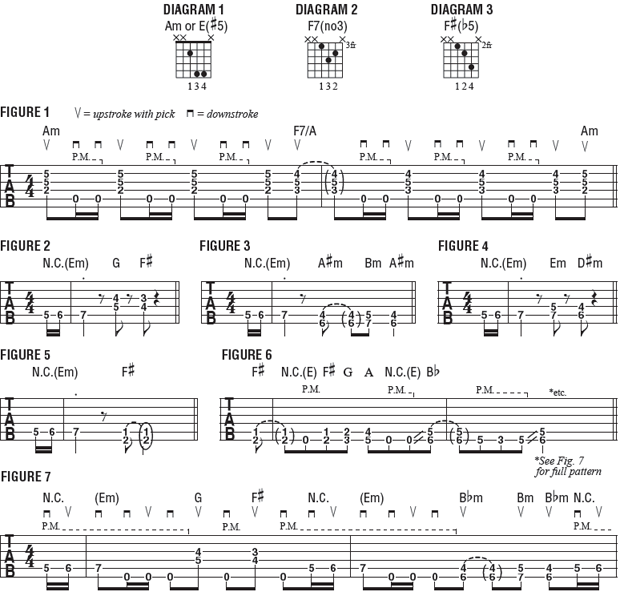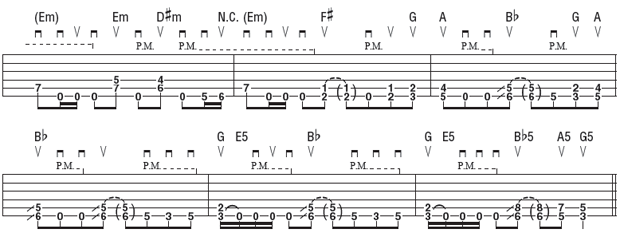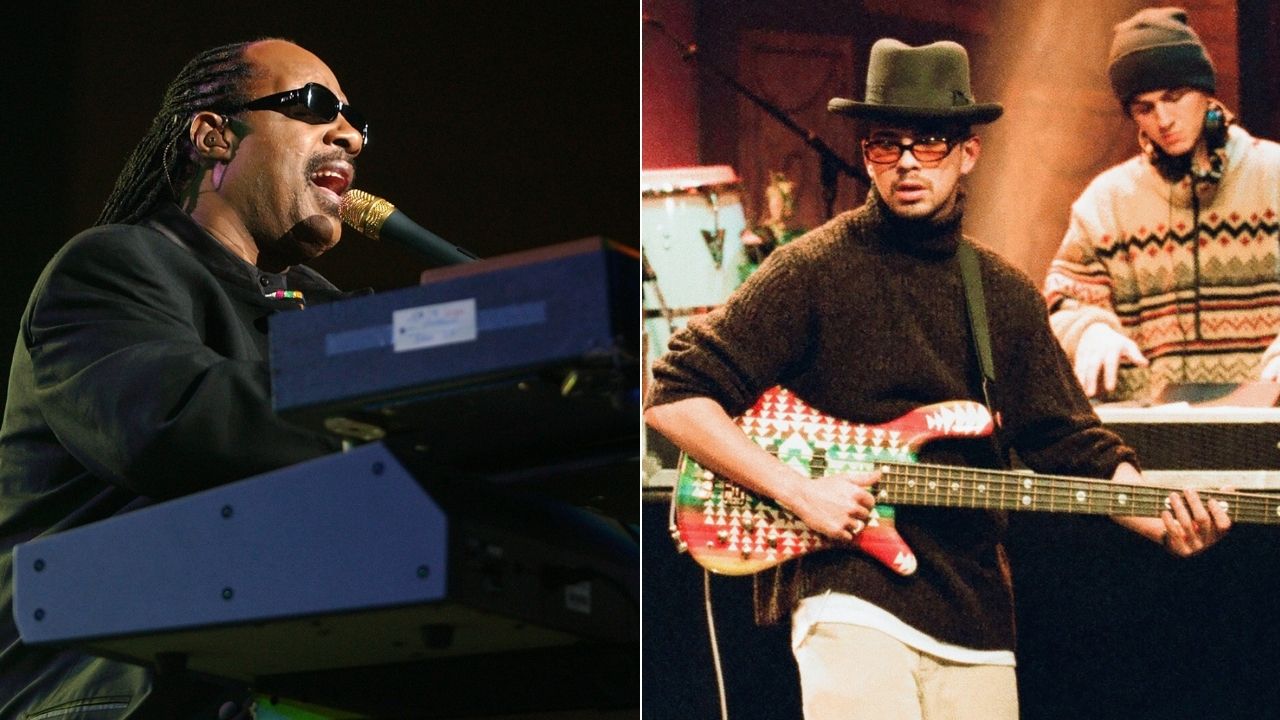Dave Mustaine lesson: Learn about exotic voicings, major and minor diads and "upside down" chords
Learn some more about exotic voicings, plus major and minor diads, from the Megadeth frontman
Here's a classic Symphony of Instruction Guitar World lesson by Megadeth's Dave Mustaine.
I'm writing this column while in Europe, where we’re currently on tour.
As you’ve probably already heard, we have a new guitarist, Chris Broderick [Nevermore, Jag Panzer]. Chris is heavily influenced by Marty Friedman, which is great, because Megadeth play more music from that era of the band than any other and I’ve always liked that particular style.
I look at Chris as raw talent. He sounds just like Marty, and with him in the band we have a new lease on life. Glen Drover, who recently left the band, endorsed Chris as his replacement, and Chris has come in and kicked everything up to a whole new level.
Last time out, in the April 2008 column, I touched upon the technique of picking chords upside down, meaning with an upstroke strum. This month I’m going to continue with this topic and give you some examples of how to use this move to good musical effect.
DIAGRAMS 1-3 show three somewhat unusual chord voicings where, if you strum them upside down, you get the high notes sounding before the low ones have a chance to eat them up. I don’t know what the names of those chords are, but I’m sure that the guys at Guitar World and some of you readers could tell me.


During the earliest days of Megadeth, even before David Ellefson was on bass, I jammed with a strange guitarist a few times, but we never played a gig together. He played a lot of really weird, cool chords, like those George Lynch and Warren DiMartini used sometimes.
All the latest guitar news, interviews, lessons, reviews, deals and more, direct to your inbox!
I watched what he did, took several of those chords that I liked and worked them into a progression that I thought was pretty scary sounding. FIGURE 1 shows what I came up with, which is similar to something I do in “Looking Down the Cross.” As you can see, I used the chords from DIAGRAMS 1 and 2, and they’re picked upside down.
FIGURE 7 is a progression similar to one I play in Holy Wars…The Punishment Due, and FIGURES 2–6 show this part broken down into five small, simplified sections. I’m using upside-down picking for all the chords, most of which are major or minor diads. All I’m doing with these chords is playing a root note and a major or minor third above it, instead of the more typical root/fifth power chords.
There’s no mathematical reason for me doing this; it was merely for the colorful sound of the chords. I was listening to a lot of Merciful Fate and Diamond Head at the time, two bands that have a lot of really great riffs built around these same kinds of two-note major and minor-chord voicings, and I found myself really enjoying their songs.
To truly appreciate how much color these kinds of major and minor diads add to a riff, try playing FIGURE 7 again, this time substituting a root/fifth power chord for every chord. You’ll hear the difference immediately.
